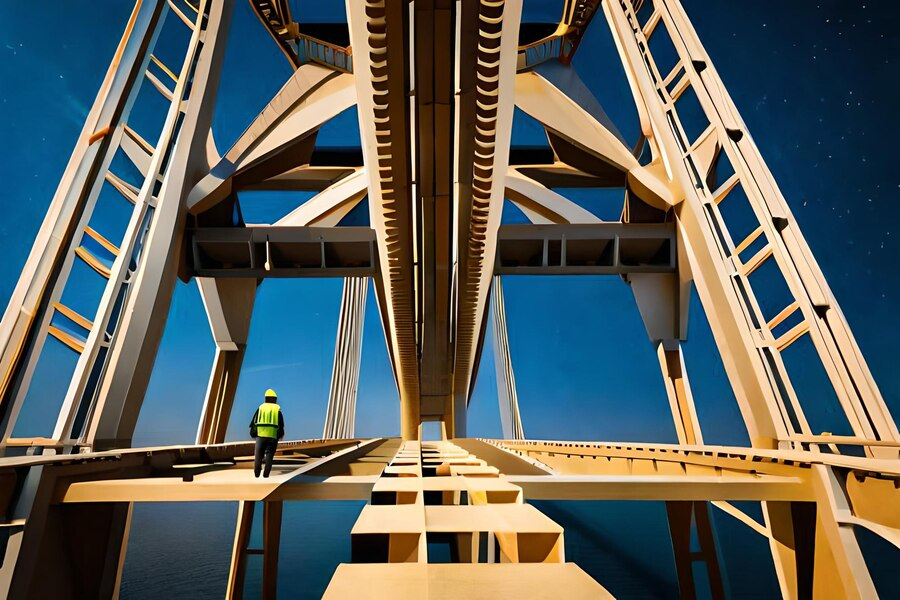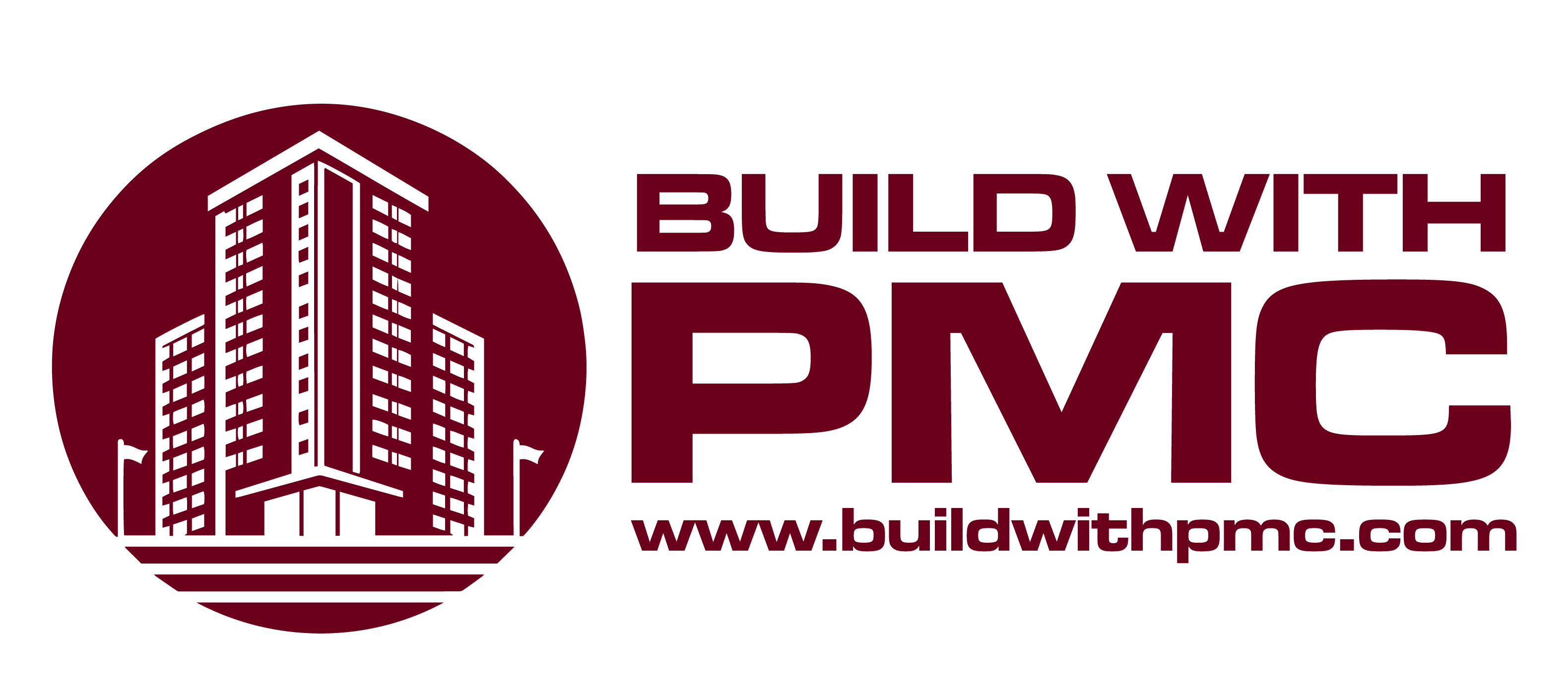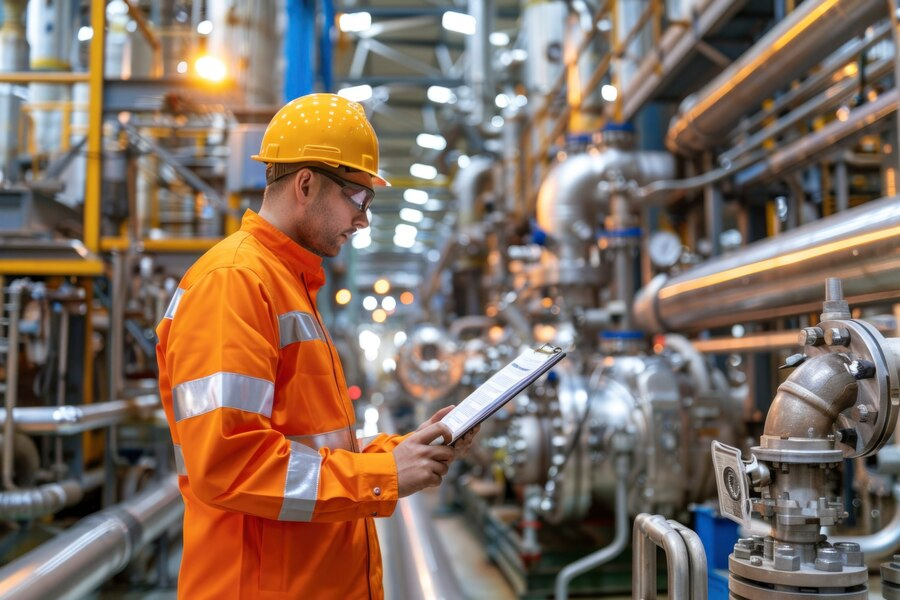Structural steel plays a pivotal role in modern construction, providing strength and flexibility to architectural designs. From skyscrapers to bridges, its versatility and durability make it a preferred choice for engineers and architects worldwide. Let’s delve into the intricate process of transforming blueprints into towering beams of steel.
Design and Planning:
Every project begins with meticulous planning and design. Engineers collaborate with architects to create detailed blueprints that outline the structural requirements. Factors such as load-bearing capacity, environmental conditions, and aesthetic preferences influence the design phase significantly.
The design and planning phase of utilizing structural steel is a meticulous and collaborative effort that sets the foundation for successful construction projects. It begins with architects and engineers translating conceptual ideas into precise blueprints. Architects focus on achieving aesthetic harmony while engineers prioritize structural integrity.
Material Selection:
Choosing the right grade of structural steel is crucial. Factors such as strength, corrosion resistance, and weldability are carefully considered. Modern advancements have expanded the range of available steel grades, offering tailored solutions for diverse construction needs.
Choosing the appropriate grade and type of structural steel is a critical step in the construction process, influencing the project’s performance, durability, and overall cost-effectiveness. Engineers and architects carefully consider various factors to ensure the selected steel meets both functional and aesthetic requirements.
Fabrication:
Once the design is finalized, the fabrication process begins. Steel fabricators meticulously cut, drill, and shape the raw steel components according to precise specifications. Advanced technologies such as Computer Numerical Control (CNC) machining ensure accuracy and efficiency in production.
Fabrication of structural steel involves a precise and intricate process that transforms raw steel materials into accurately shaped components ready for construction. This phase bridges the gap between design concept and physical realization, requiring advanced technologies and skilled craftsmanship to ensure quality and precision.
Assembly and Construction:
With fabricated components ready, the assembly phase commences on-site. Experienced construction crews carefully position and connect the steel beams, columns, and frames according to the engineered drawings. Safety protocols and quality assurance measures are paramount during this phase to ensure structural integrity.
The assembly and construction phase marks the culmination of meticulous planning and precise fabrication, where steel components are transformed from individual pieces into the framework of a cohesive structure. This crucial stage requires skilled coordination, adherence to safety protocols, and a deep understanding of engineering principles to ensure the structural integrity and safety of the final build.

Inspection and Quality Control:
Throughout the construction process, rigorous inspection and quality control protocols are implemented. Structural engineers conduct thorough checks to verify dimensions, weld quality, and adherence to design specifications. Non-destructive testing methods such as ultrasound and X-ray are employed to detect any defects that may compromise structural integrity.
Inspection and quality control are pivotal stages in the construction process, ensuring that structural steel components meet stringent standards of safety, durability, and performance. These phases involve rigorous testing, meticulous documentation, and adherence to regulatory requirements to guarantee the integrity of the final structure.
Integration with Other Materials:
Structural steel often integrates seamlessly with other building materials such as concrete, glass, and wood. This integration enhances architectural possibilities, allowing for innovative designs that combine strength with aesthetic appeal.
The integration of structural steel with other construction materials fosters innovation, sustainability, and enhanced performance in modern building design. By leveraging the strengths of each material and embracing collaborative practices, construction teams deliver resilient and aesthetically pleasing structures that meet the evolving needs of society while setting new benchmarks for architectural excellence.
Completion and Beyond:
Upon completion of construction, the structure undergoes final inspections and certifications to ensure compliance with building codes and safety standards. Structural steel’s durability ensures longevity, offering sustainable solutions for generations to come.
Completion of a construction project signifies a significant milestone, yet it initiates a continuous journey of stewardship, innovation, and community engagement. By prioritizing quality assurance, sustainability, and stakeholder collaboration beyond completion, buildings evolve into enduring assets that enrich communities, support economic vitality, and inspire a sustainable future for generations to come.
Conclusion
In conclusion, the journey from blueprint to beam exemplifies the synergy between design, engineering precision, and advanced manufacturing techniques. Structural steel continues to shape the skyline of cities worldwide, embodying strength, resilience, and innovation in modern construction practices. Contact us today at PMC Inc, located at 14563 Manzanita Dr, Fontana, CA 92335, Southern California, to discover how we can bring your architectural visions to life with our expertise in structural steel fabrication and construction.




